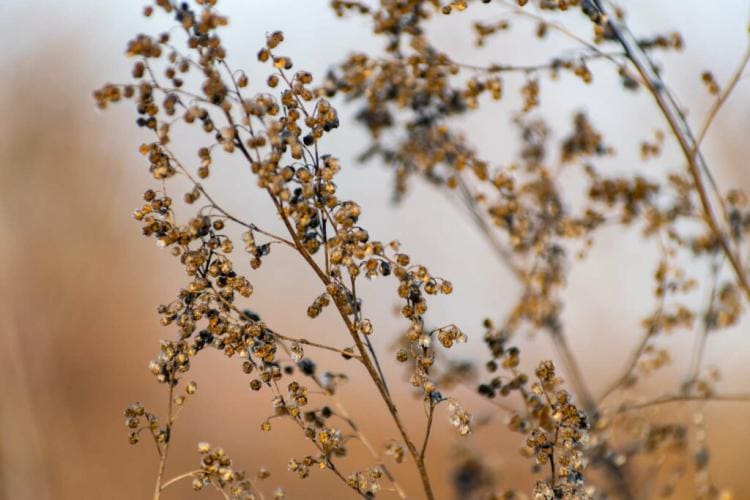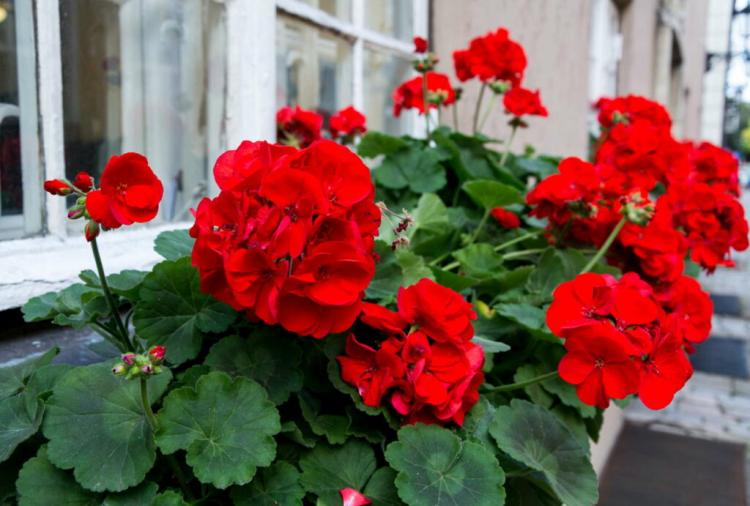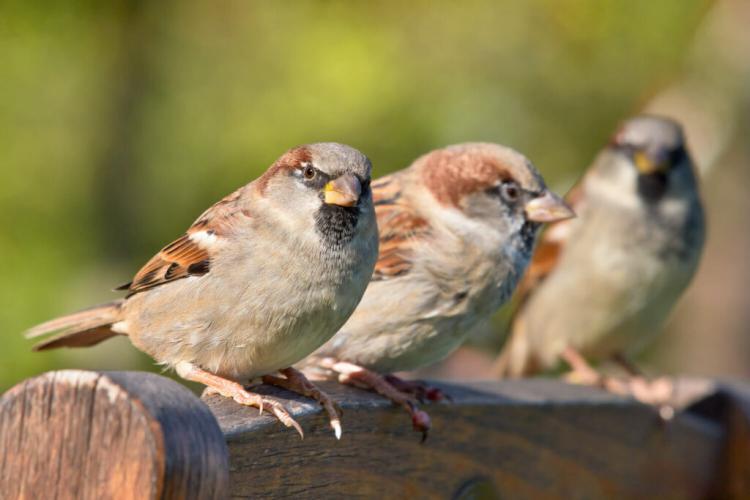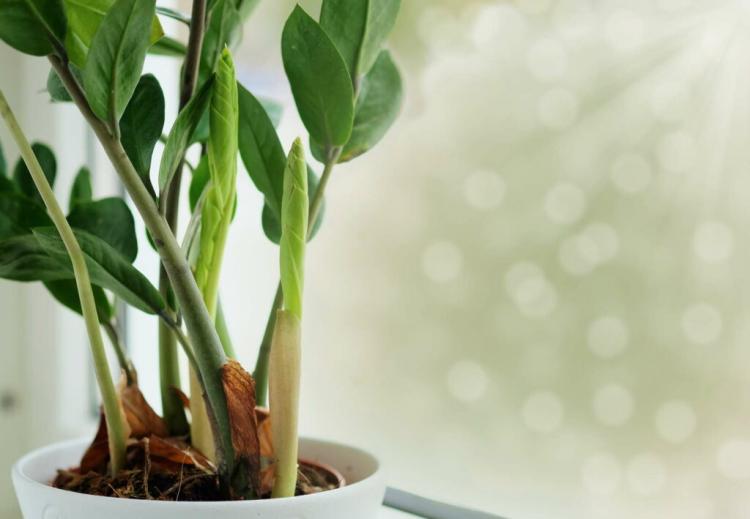The most beautiful yarrow species and varieties
Yarrow are flowering and easy-care perennials with a large selection of heights and flower colors. We present the most beautiful types and varieties of yarrow.
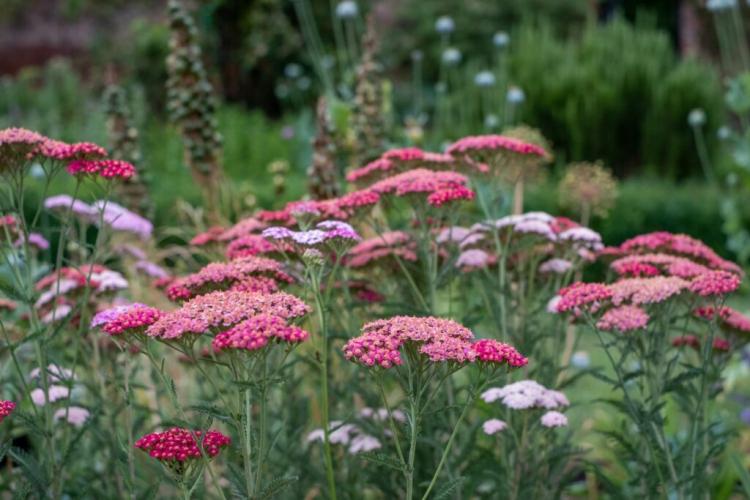
Yarrow are adaptable, flowering perennials for every garden [Photo: Lois GoBe / Shutterstock.com]
The genus of the yarrow is diverse and includes many adaptable species for almost any location. In this article, we will introduce you to the most important types of yarrow and popular varieties.
Yarrow: flowering period and properties
Table of Contents
Yarrow ( Achillea ) belong to the large sunflower family (Asteraceae). With the exception of the Bertramsgarbe ( Achillea ptarmica ), the various yarrow species prefer predominantly sunny, warm and well drained, loose and dry locations. They are between 5 and 80 cm high and often smell spicy and aromatic.
The flowers arranged in sham umbels or umbels can be white, yellow, orange, red or pink in color. The flowering time of the yarrow begins, depending on the species and variety, between May and June. Bees and other pollinating insects are attracted to the often large, plate-like inflorescences.
If cut back after the first flower, the yarrow will often show a second flower in September. Yarrow are ideal as cut and dried flowers, some species are also used as medicinal plants.
The main yarrow species and varieties
The various yarrow species differ in their height, color and size of flowers and their location requirements. We provide an overview of the most beautiful yarrow species and varieties for the garden.
Bertram's sheaf ( Achillea ptarmica )
The Bertramsgarbe is also known as the marsh sheaf because it grows along watercourses on fresh to damp and even waterlogged soils. It drives offshoots and can spread well in suitable locations. The small leaves of this yarrow are narrow, lanceolate and serrate on the leaf edge.
- 'Nana Compacta': Dwarf marsh sheaf with dense, compact growth and without runners. It grows up to 30 cm high and forms large, white flowers that sit together. Flowering begins in July and, after pruning, again in September.
- 'Snowball': Filled Bertramsgarbe with strong growth and runners. The white flowers appear from June and sit together in loose sham umbels.
- 'The Pearl': densely filled, white flowering Bertrams sheaf up to 60 cm in height. It forms runners and can also spread through seeds.
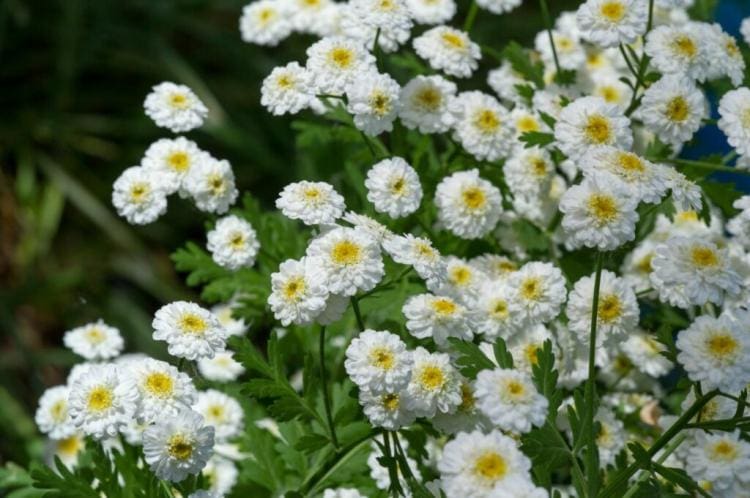
The filled Bertrams sheaf, here the 'snowball' variety, is often vigorous and has offshoots [Photo: Tatyana Mi / Shutterstock.com]
Dalmatian silver shark ( Achillea ageratifolia )
The Dalmatian silver shearling is a compact and evergreen perennial from south-eastern Europe. It usually does not grow taller than 15 cm and forms silvery gray-green leaves. The large, white single flowers sit individually or loosely together on long stalks, but do not form any pseudo umbels. Achillea ageratifolia blooms between May and July. It prefers calcareous, stony soils or gravel surfaces in full sun. The Dalmatian silver yarrow is therefore ideal for planting rock gardens, steppe beds and plant troughs.
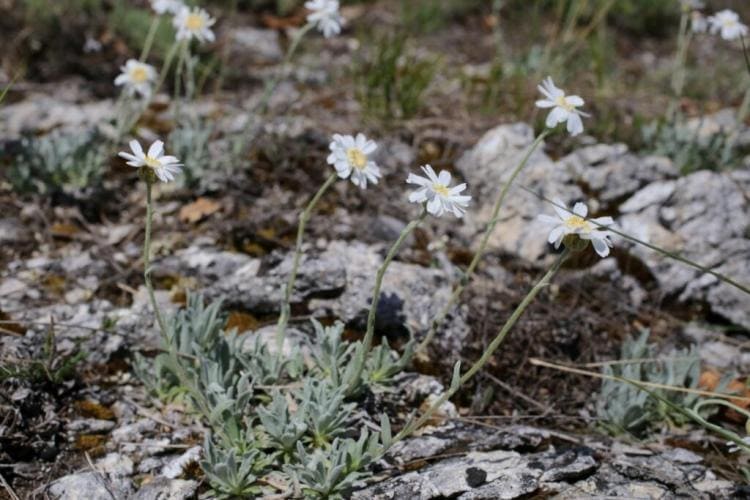
From May, the Dalmatian silver yellow shows large, creamy white single flowers [Photo: Vankich1 / Shutterstock.com]
Noble yarrow ( Achillea nobilis )
The noble or scented yarrow is a rare, indigenous perennial. The clumpy plant reaches a height of 30 to 50 cm and shows its creamy white, partly slightly overhanging umbels from May to July. The extremely finely structured gray-green leaves of the noble yarrow smell strong and aromatic. The ideal location is in full sun on dry, well drained and rather poor soil. Rock gardens, wood edges and lean wild herb meadows are particularly suitable for planting the noble yarrow.

The noble yarrow is a native wild perennial and prefers dry, rather nutrient-poor soils [Photo: AlexanderZam / Shutterstock.com]
Common yarrow ( Achillea millefolium )
The common yarrow, also called common or meadow yarrow, is a widespread native perennial. The finely pinnate leaves of this yarrow smell pleasantly aromatic. It spreads via runners and originally shows white inflorescences on 40 to 70 cm high plants. The flowering time of the common yarrow is between June and August. It prefers moderately acidic to neutral, well drained, humus-rich and sunny locations. Parts of the plant, such as leaves and flowers, are used in herbal medicine to aid digestion, to relieve convulsions and to reduce inflammation.
- 'Kirschkönigin': Yarrow variety with pink petals that lighten to a pale pink hue as they bloom. The perennial, up to 70 cm high, forms runners.
- 'Salmon Beauty': Yarrow with salmon-pink flowers that fade off-white as they fade. It has very finely structured foliage and reaches a stature height of up to 60 cm.
- 'Paprika': Red yarrow with flowers up to 10 cm in size and 40 to 60 cm in height. The strong flower color changes to washed out orange and sulfur yellow as it fades.
- 'Schneetaler': White yarrow up to 60 cm height and flowering time from June to August. The upright and clumpy growing Achillea variety is well suited as a cut flower.
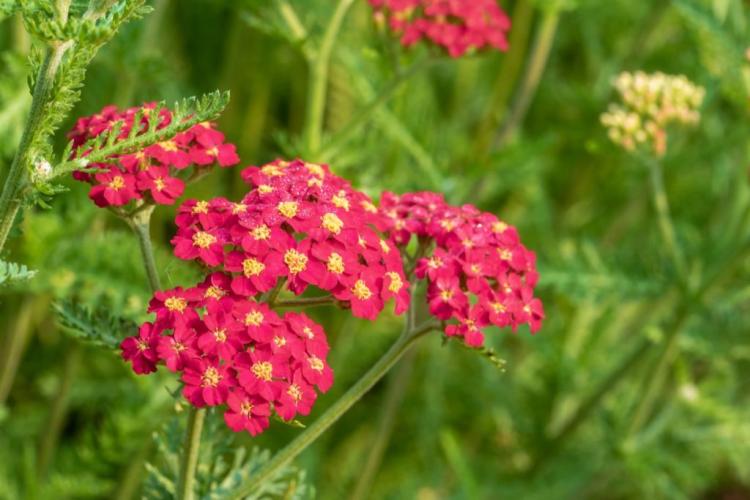
The yarrow variety 'Paprika' shines in deep red [Photo: Jennifer Yakey-Ault / Shutterstock.com]
Golden Sheaf ( Achillea filipendulina )
The golden sheaf originally comes from Asia and the Caucasus region. It reaches a height of 60 to 120 cm, blooms from June to July and again in September when pruned. The clumpy perennial forms finely pinnate green to tomentose gray-green foliage and typically golden yellow inflorescences. The golden sheaf prefers full sun to light locations on well-drained, humus-rich, fresh and nutrient-rich soils. It is particularly suitable as a long-lasting cut flower if the inflorescences have not yet fully blossomed when cut. Different types of golden sheaf can also develop white, light or sulfur yellow, salmon-colored or fiery red flowers. Many golden sheaves are hybrids of crosses between Achillea filipendulina and Achillea millefolium – like most of the varieties that we present below. In addition to a yellow shade, you can also develop white and red flower colors.
- 'Coronation Gold': Gold sheaf variety up to 70 cm in height with sun-yellow inflorescences. If pruned early after the first flowering, this variety easily forms a second by September and is therefore also suitable for growing as a cut flower.
- 'Credo': Achillea filipendulina hybrid with initially bright pale yellow inflorescences, which fade to a creamy yellow in the course of flowering and appear almost white when it blooms. The stable variety, which was awarded top marks in the perennial inspection, grows to around 80 cm high.
- 'Helios': Gold sheaf hybrid with lemon-yellow flowers and comparatively delicate growth up to 60 cm in height. The perennial grows compact and is stable.
- 'Tierra del Fuego': Achillea filipendulina hybrid with fiery red petals and a yellow center. The variety becomes 80 to 100 cm high and grows clumpy without runners.
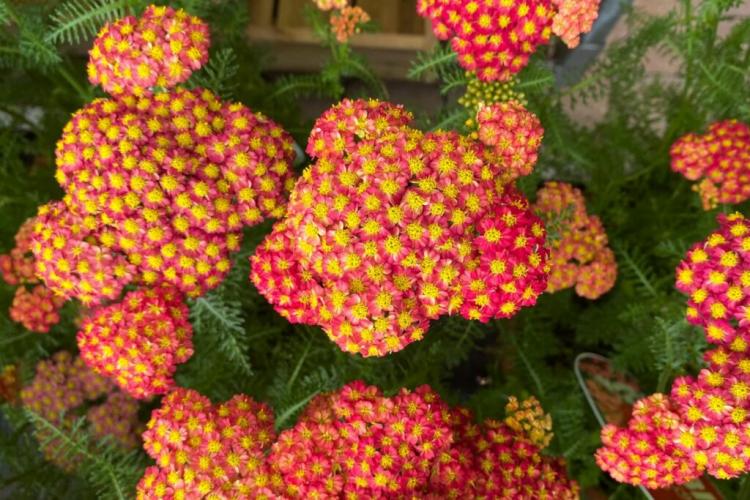
The Achillea hybrid variety 'Tierra del Fuego' shows flaming red-orange flowers with a yellow center [Photo: Ralf Liebhold / Shutterstock.com]
Gold whisk sheaf ( Achillea clypeolata )
The gold whisk sheaf originally comes from the Balkans and is closely related to the native Achillea millefolium . It grows to a height of 20 to 60 cm and is particularly noticeable for its felty, gray-green leaves. The small, sun- to sulfur-yellow inflorescences appear between June and July, when pruned again in September. The yellow yarrow species prefers dry, well drained and nutrient-rich soils in sunny locations. The compact growing perennial is ideal for steppe and stone beds. A popular variety is, for example, the hybrid 'Moonshine' with a long-lasting, sulfur-yellow bloom.
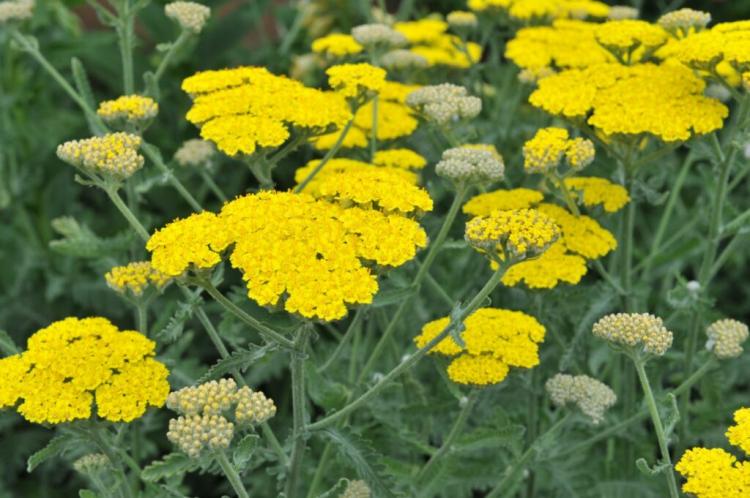
The gold whisk sheaf only forms yellow flowers, like the 'Moonshine' variety here [Photo: Sergey V Kalyakin / Shutterstock.com]
Greek silver sheaf ( Achillea umbellata )
The Greek silver sheaf grows low and mat-like up to 15 cm in height. It is hardy down to -20 ° C and extremely robust against drought and heat. The comparatively large, silvery white single flowers sit in groups in loose, golden inflorescences and bloom between June and July. Its silvery hairy leaves do not die off, but remain through the winter. It is ideal for planting rock gardens and troughs, but requires good drainage and only rarely watering.
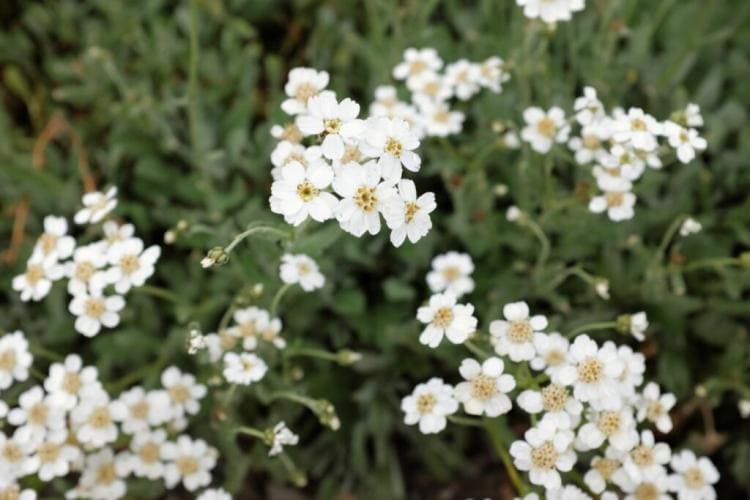
The Greek silver sheaf is a heat and drought tolerant, cushion-forming perennial [Photo: cristo95 / Shutterstock.com]
Musk yarrow ( Achillea moschata )
The musk yarrow is originally native to the Alps up to 3400 meters and reaches a height of 5 to 20 cm. It prefers loamy, lime-poor, stony soils and debris in full sun. The strongly fragrant perennials show glandular, dotted, pinnate leaves and white single flowers in loose corymbs. The flowering period begins in June and lasts until August. The musk yarrow is ideal for planting rock gardens and wall crevices.
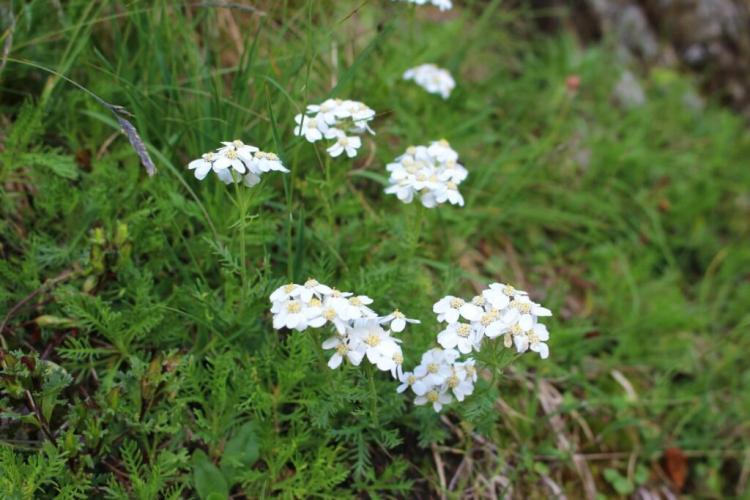
The slow growing musk yarrow is native to the Alps and blooms between June and August [Photo: Werner Spiess / Shutterstock.com]
Carpet yarrow ( Achillea tomentosa )
The carpet yarrow is native to southern Europe and western Asia. It forms flat, up to 15 cm high and 30 cm wide, slowly growing, mat-like cushions and gray felt-like leaves. The carpet yarrow blooms from June to July and shows golden yellow flowers. It grows in sunny, dry to fresh, well drained and nutrient-rich soils. Achillea tomentosa is particularly suitable for rock gardens and extensive green roofs. Popular varieties are 'Aurea' and 'Golden Fleece'.
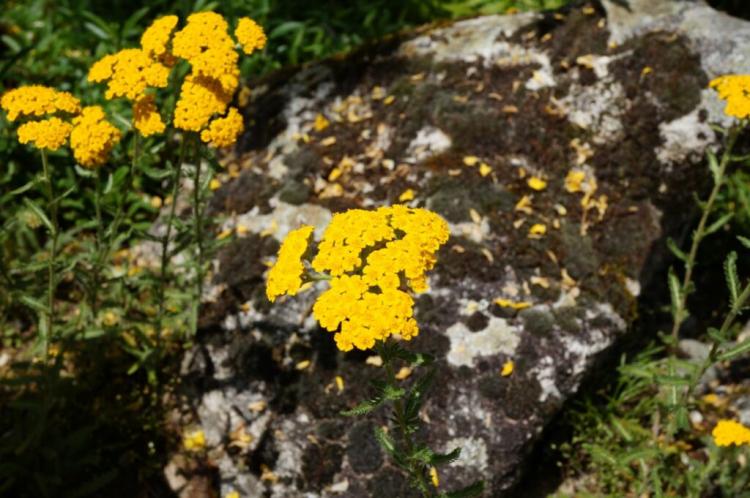
The carpet yarrow is ideal for planting rock gardens and flat roofs [Photo: EQRoy / Shutterstock.com]
In addition to the yarrow, there are numerous other bee-friendly perennials that we would like to introduce to you in our special article.

